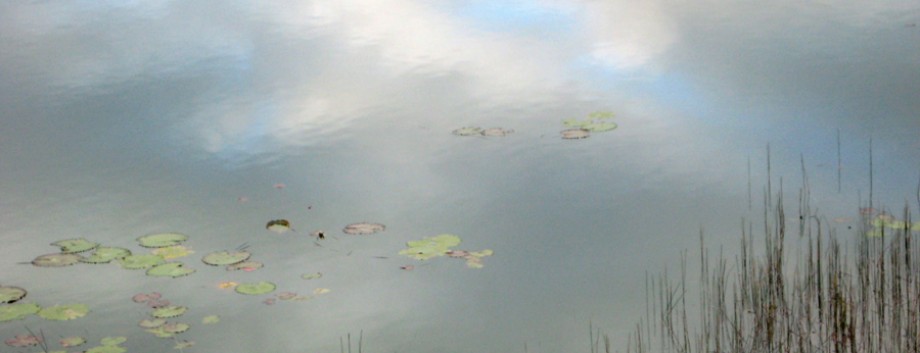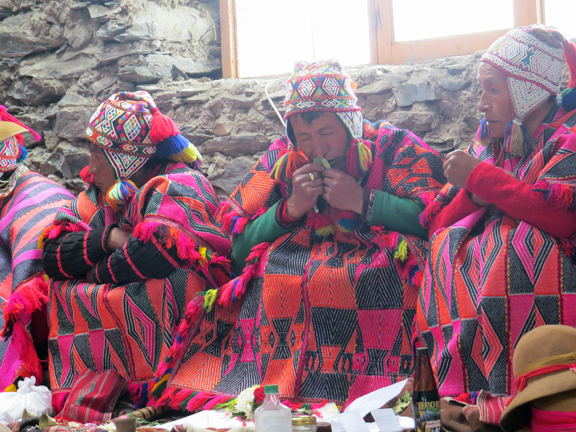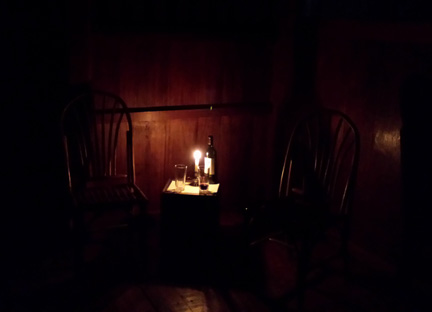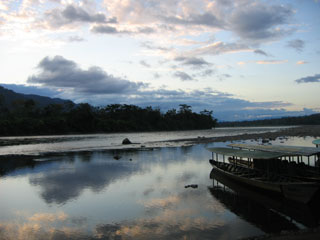Over the last five years, I’ve been periodically working with Don Alberto Manquierapa — Huachipaeri-Matsigenka spiritual leader, master of plant medicines—bringing groups to learn from his teachings of the jungle. I’ve consistently said Don Alberto carries the rainforest in his soul. In November 2019, we were with him again in the high jungle of the Manu Biosphere in Peru. For the first time, he spoke at length of the wise men of the Matsigenka (also spelled Machiguenga) and how they were married to Nature but never elaborated directly what that meant.
A few months later I was having a conversation with Jack Wheeler of Xapiri, whose relationships extend to the Matsigenka and ten other Indigenous peoples of the Amazon. He suggested I read The Storyteller by Mario Vargas Llosa to see what I could glean.
 I was rewarded in the first chapter when a character called Mascarita, in talking to the narrator, spoke of a wise man then saying, “I’m calling him a witch doctor so you know what I’m talking about.” He also used medicine man and shaman as a stand-in. Additionally, I learned that, while the Matsigenka may practice polygamy, it appears that a wise man sets himself apart from the villages, living in the jungle, or on a riverbank, even more simply than others, distinctly in solitude, communing with Nature.
I was rewarded in the first chapter when a character called Mascarita, in talking to the narrator, spoke of a wise man then saying, “I’m calling him a witch doctor so you know what I’m talking about.” He also used medicine man and shaman as a stand-in. Additionally, I learned that, while the Matsigenka may practice polygamy, it appears that a wise man sets himself apart from the villages, living in the jungle, or on a riverbank, even more simply than others, distinctly in solitude, communing with Nature.
Much of the book is interspersed with creation stories, tales of survival and beliefs. We know when a story ends because it’s punctuated with, “That, anyway, is what I’ve learned.” That said always before launching into the next monologue. Clearly the discourse is relayed to an audience but not clearly who or even the identity of the one relaying…until much later. Many peoples only know of themselves, their origins and how they are to exist and survive through the keeping of oral histories taken on by a living depository. That person has a special role and designation: Storyteller.
The Matsigenka are peaceful people who hold their world together by walking, being nomadic…nonviolent men who walk. But what happens when Viracochas* begin to intrude and impact the lands always known to them…introduce money and other foreign ways…when missionaries move into their villages? When…”The most important thing to them was serenity…Any sort of emotional upheaval had to be controlled, for there is a fatal correspondence between the spirit of man and the spirits of Nature, and any violent disturbance in the former causes some catastrophe in the latter.”
In such a case, maybe there’s finally a time when only a Storyteller can tell the Matsigenka who they are and where they’ve been.
This may be a familiar tragic tale containing elements we’ve heard all too many times before, but it’s also a mystery. The Peruvian narrator, whose name is never uttered, goes into a small gallery, while in Florence on vacation, and is electrified by what he sees in a particular photograph in the exhibition. And what of Mascarita who appears to have a significant role in the book but then simply disappears without a trace…never to be heard from again?
The Storyteller is a complex novel. For me, it was equally disturbing as it was compelling. I believe Llosa meant it to be so. I’ve promised myself that, in the not-too-distant future, I will reread it, thus allowing its even deeper structure to become apparent.
This book was first published in 1989 and still widely available. I bought my own copy. It’s well underlined.
***
*I found it curious that the name Viracocha, commonly known as the Inka and pre-Inka creator deity, is used with a capital “V” in The Storyteller to identify outsiders, particularly foreigners having marked consequences on the Matsigenka way of life.




 I was rewarded in the first chapter when a character called Mascarita, in talking to the narrator, spoke of a wise man then saying, “I’m calling him a witch doctor so you know what I’m talking about.” He also used medicine man and shaman as a stand-in. Additionally, I learned that, while the Matsigenka may practice polygamy, it appears that a wise man sets himself apart from the villages, living in the jungle, or on a riverbank, even more simply than others, distinctly in solitude, communing with Nature.
I was rewarded in the first chapter when a character called Mascarita, in talking to the narrator, spoke of a wise man then saying, “I’m calling him a witch doctor so you know what I’m talking about.” He also used medicine man and shaman as a stand-in. Additionally, I learned that, while the Matsigenka may practice polygamy, it appears that a wise man sets himself apart from the villages, living in the jungle, or on a riverbank, even more simply than others, distinctly in solitude, communing with Nature.







